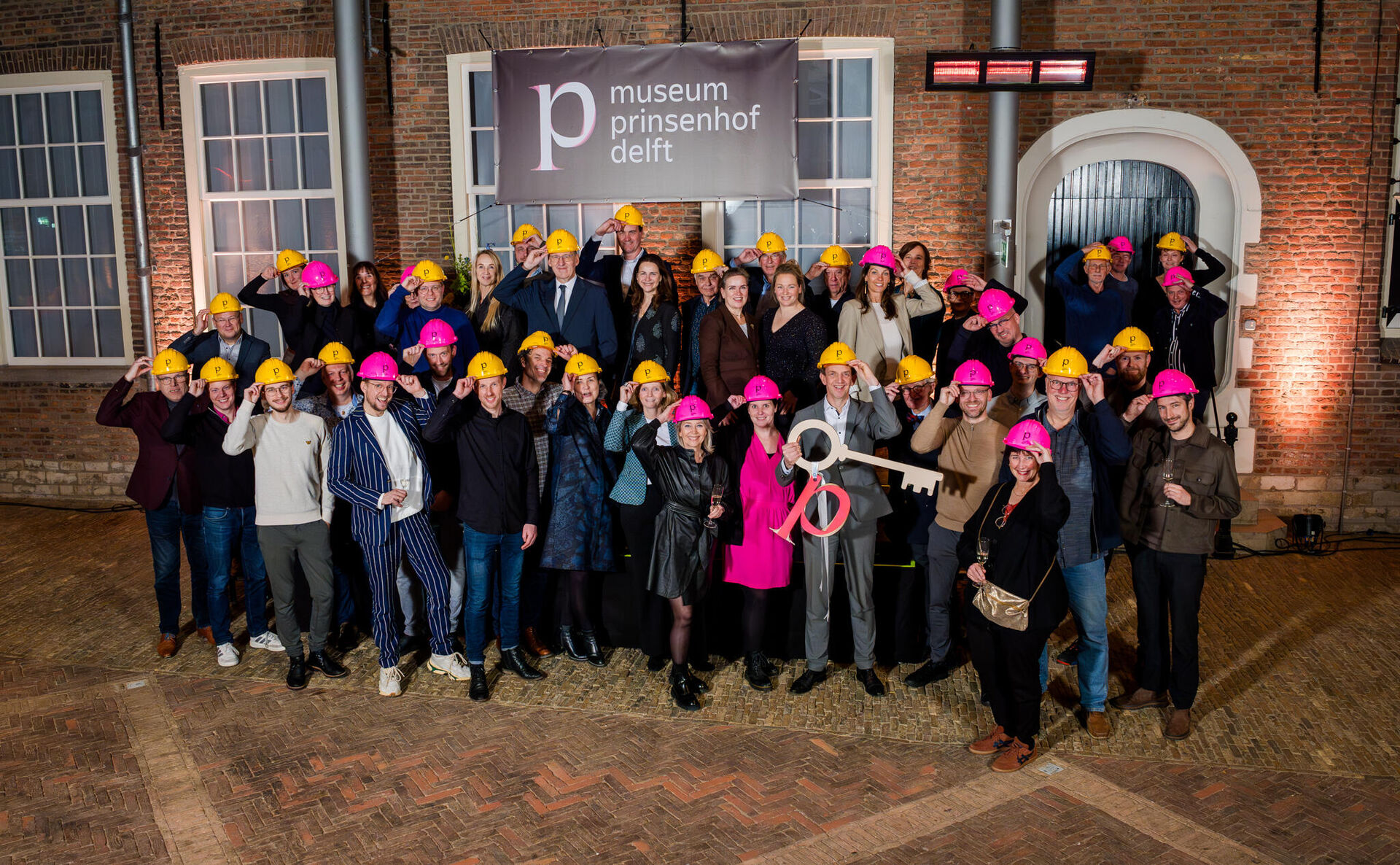Op vrijdag 13 en zaterdag 14 september verzamelde het team zich voor het jaarlijkse bureauweekend, dit jaar in Den Haag en Leiden. Het programma bood een perfecte combinatie van architectuur, creativiteit en plezier. Een kans om alle collega’s beter te leren kennen, maar ook om ons te laten inspireren door de architectonische en historische parels van Den Haag en Leiden.

